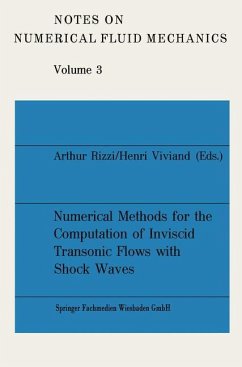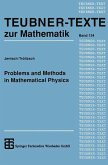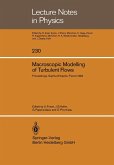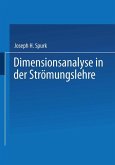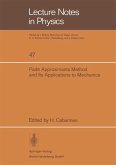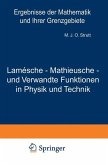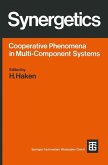This is one in a series of workshops organized by the GAID1 Specialist Group for Numerical Methods in Fluid Hechanics (GAMM-Fachausschuss flir Numerische Hethoden in der Stromungs mechanik) whose purpose is to bring together the small group of researchers actively working on a sharply defined topic in order to discuss in detail their problems and experiences, to promote direct comparison and critical evaluation of algorithms, and to stimulate new ideas for numerical methods in fluid dynamics. The chairmen of this workshop were A. Rizzi of FFA, Sweden, and H. Viviand of ONERA, France. 2. INTRODUCTION Practically ten years have passed since it was first demonstrat ed that the nonlinear potential equation of mixed type which governs inviscid transonic flow could be solved in a numerical procedure. These years have seen an interest in the computation of transonic flow that continues to grow because of the develop ing and ever-increasing ability of the numerical methods to solve more and more complex flows and because of the great practical use to which their solutions can be put. From the question of whether we can solve the equations of transonic flow we have now progressed to the question of how accurately can we solve them. Any attempt to answer it must by necessity include a collective comparison of the results obtained from the com putational methods that are being applied today for the numerical solution of inviscid steady transonic flow.
Bitte wählen Sie Ihr Anliegen aus.
Rechnungen
Retourenschein anfordern
Bestellstatus
Storno

